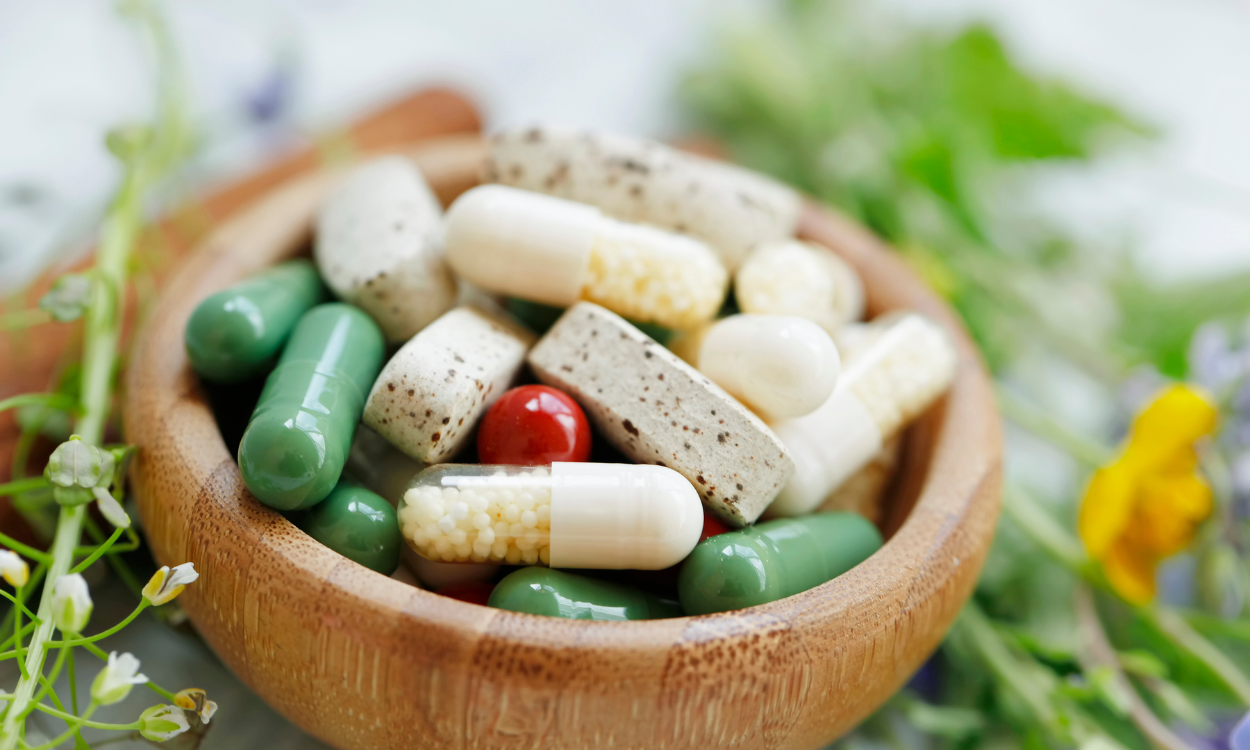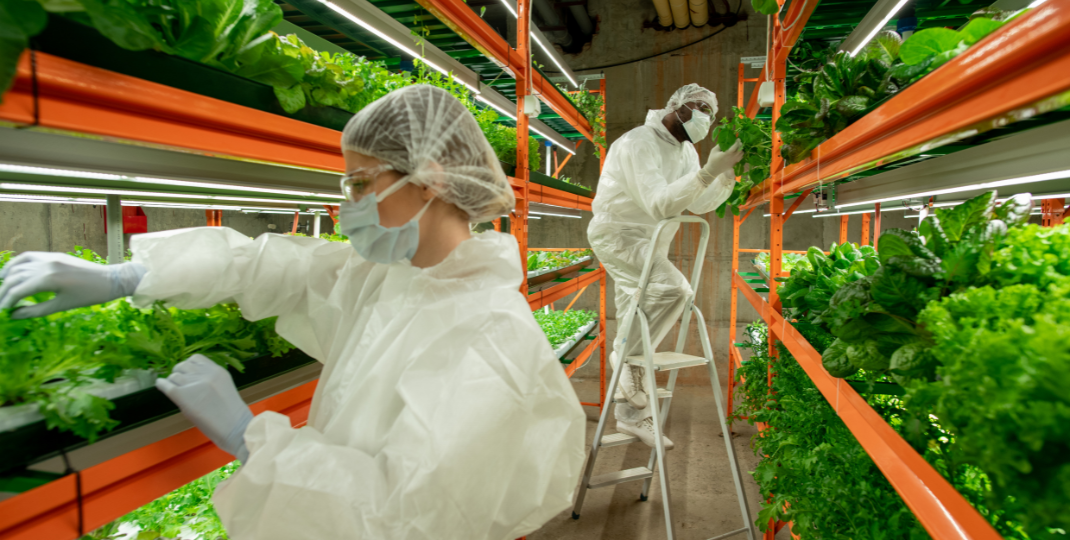Production of single cell protein (SCP) from spirulina is a fascinating and innovative process that holds immense potential in meeting the growing global demand for sustainable and nutritious food sources. Spirulina, a blue-green algae known for its exceptional nutritional profile, serves as an excellent candidate for SCP production due to its high protein content, rapid growth rate, and ability to thrive in diverse climatic conditions. Through the cultivation and processing of spirulina, scientists and researchers are able to harness its abundant protein content, converting it into a valuable and versatile source of food and feed supplements. This emerging field of SCP production not only addresses the challenges of population growth and resource scarcity but also offers a sustainable solution to combat malnutrition and food insecurity on a global scale.

What are the key steps involved in the production of protein from spirulina?
the production of protein from spirulina involves several key steps. Firstly, the cultivation of spirulina is done in large open ponds or closed photobioreactors where the algae are provided with optimal conditions for growth, including appropriate temperature, light, and nutrient supply. The harvested spirulina biomass is then separated from the culture medium through methods like centrifugation or filtration. After that, the collected biomass is washed to remove any impurities and then subjected to a drying process, typically using spray drying or freeze-drying techniques, to obtain a stable powder form. This powder can be further processed to improve its nutritional profile and remove any residual contaminants. Finally, the resulting single cell protein product can be packaged, stored, and used as an ingredient in various food and feed applications due to its high protein content along with other beneficial nutrients.

How long does it take to produce single cell protein from spirulina?
the production of protein from spirulina typically takes around 7-10 days. This process involves cultivating the spirulina in a controlled environment, providing optimal conditions for its growth and multiplication. The spirulina cells are then harvested, washed, and dried to remove moisture content, resulting in a concentrated protein powder. The duration may vary depending on the specific cultivation techniques, environmental factors, and desired protein yield.
What are the optimal environmental conditions required for the production of protein from spirulina?
The optimal environmental conditions required for the production of protein from spirulina include a temperature range between 30-35°C, pH level of 8.5-10.5, and adequate light intensity (around 4000-6000 lux). Spirulina grows best in freshwater or seawater with a salinity of 2-4%. Additionally, it requires a constant supply of carbon dioxide for photosynthesis and nitrogen for protein synthesis. Proper aeration and agitation are essential to maintain suitable dissolved oxygen levels. Nutrient-rich media containing elements like phosphorus, potassium, magnesium, and trace minerals are necessary for the growth and reproduction of spirulina. Overall, maintaining stable environmental conditions is crucial to achieve high yields of single cell protein from spirulina.
Are there any specific challenges or limitations associated with the production process?
Yes, there are specific challenges and limitations associated with the production process. These can include issues related to cost management, resource allocation, quality control, and meeting customer demands within tight deadlines. Other challenges may arise from technological advancements or changes in market preferences, requiring companies to invest in new equipment or retrain their workforce. Additionally, complex supply chains can introduce challenges related to logistics and coordination. Overall, the production process requires careful planning, efficient execution, and ongoing adaptability to overcome these challenges and limitations and ensure a successful outcome.
What is the yield of single cell protein that can be obtained from a given quantity of spirulina?

The yield of single cell protein that can be obtained from a given quantity of spirulina refers to the amount of protein that can be extracted or produced from a specific amount of spirulina biomass. Spirulina is a type of blue-green algae that is rich in protein and can be cultivated for its nutritional value. The yield of single cell protein from spirulina can vary depending on various factors such as cultivation conditions, harvesting techniques, and processing methods. However, spirulina is known to have a high protein content, typically ranging from 50% to 70%, which makes it an excellent source of single cell protein.

What are the potential applications of single cell protein produced from spirulina?
Single-cell protein produced from spirulina has a wide range of potential applications. Firstly, it can serve as an alternative protein source in animal feed, reducing the dependence on traditional sources like soybeans or fishmeal. This would not only address the issue of resource scarcity but also help lower greenhouse gas emissions associated with livestock production. Additionally, single-cell protein from spirulina can be utilized in human nutrition, especially for individuals with specific dietary restrictions or those living in food-insecure regions. It is rich in essential amino acids, vitamins, and minerals, making it a promising ingredient for fortifying food products and combating malnutrition. Furthermore, its high protein content and easy digestibility make it suitable for sports nutrition and dietary supplements. Lastly, single-cell protein from spirulina can be utilized in the biotechnology industry for producing enzymes, pharmaceuticals, and biofuels, contributing to sustainable and eco-friendly manufacturing processes.
Are there any regulatory or safety concerns associated with the production and consumption of single cell protein from spirulina?
There are few regulatory and safety concerns associated with the production and consumption of single cell protein from spirulina. Spirulina has been extensively studied and recognized as safe for human consumption by various regulatory bodies, including the World Health Organization (WHO) and the US Food and Drug Administration (FDA). It is rich in essential amino acids, vitamins, and minerals, making it a valuable nutritional production of single cell protein from spirulina source. However, certain precautions need to be taken during its production to ensure quality and prevent contamination. This includes maintaining proper manufacturing practices, monitoring water sources, and ensuring adequate quality control measures. Overall, when produced and consumed under appropriate conditions, spirulina-derived single cell protein is considered safe and beneficial for human consumption.

What are the potential economic implications of large-scale production of single cell protein from spirulina?

The large-scale production from spirulina could have several potential economic implications. Firstly, it could lead to increased food security as spirulina is a highly nutritious source of protein and can be grown in a controlled environment, making it less vulnerable to external factors such as weather conditions or pests. This could reduce dependency on traditional protein sources like meat and fish, which are often associated with higher costs and environmental impacts. Additionally, the scalability of spirulina production makes it suitable for industrial applications, such as animal feed, biofuels, or even pharmaceuticals, which can diversify revenue streams and create new market opportunities. Furthermore, the cultivation of spirulina requires relatively low inputs, such as water and land, making it economically viable in regions where these resources might be scarce. Overall, the large-scale production from spirulina has the potential to improve food security, create new industries, and contribute to sustainable economic development.
Exploring the Vast Potential of Spirulina: A Sustainable Approach towards Single Cell Protein Production
In conclusion, the production of protein from spirulina offers a promising solution to various challenges we face in food production and sustainability. Not only does spirulina possess high nutritional value, but it can also be cultivated rapidly and efficiently, requiring minimal resources compared to traditional protein sources. The scalability of spirulina cultivation allows for large-scale production, making it a viable option to meet the increasing global demand for protein. Furthermore, the ability of spirulina to grow in diverse environments and its resilience to climate change make it a versatile and resilient protein source. As we continue to explore innovative solutions to feed a growing population while minimizing environmental impact, leveraging the production of protein from spirulina holds great potential to address these global challenges.
